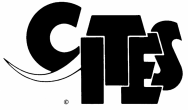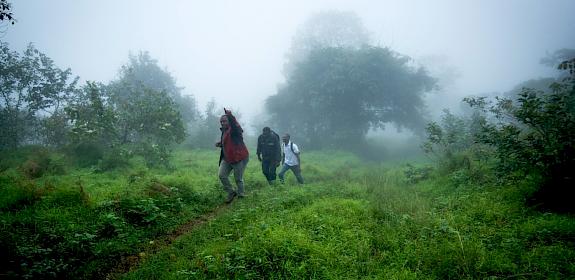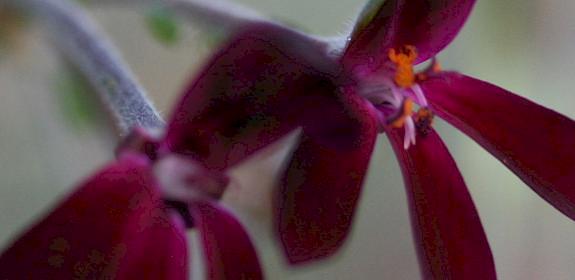CITES: some highlights of week one
Johannesburg, South Africa, 2nd October 2016—the first week of the 17th Conference of the Parties to the Convention on International Trade in Endangered Species of Wild Fauna and Flora (CITES) ended with significant progress made on a number of key issues, but others left for what will doubtless be a busy final week.
Note that many of the decisions, while accepted, await formal adoption during the plenary session at the end of the meeting.
The week began with the pre-CoP Standing Committee meeting where a process was agreed for Viet Nam to enhance its efforts at addressing the illegal rhino horn trade. Madagascar was given until the end of the year to report on its efforts to close down the illegal timber trade while Lao People’s Democratic Republic (PDR) was also under the spotlight for its failure to address wildlife trafficking: the country responded with announcing a proposed phase out of Tiger farms. Later in the week there was a CITES decision to review captive tiger facilities. The latter moves followed the launch of TRAFFIC's Reduced to Skin and Bones Re-examined report, which showed an increase in the number of seized tigers from captive breeding facilities.
During the formal committee sessions, there was a favourable review of the implementation of Appendix II regulations for the shark and ray species listed at CoP16, while for the first time, the CoP discussed the need to regulate trade in synthetic or bioengineered wildlife products due to the possible impact they could have on wild populations of endangered species. Demand reduction was also on the agenda—a key issue if long-term solutions are to be secured for some issues.
The European Union’s proposal to collect critical data on eel populations and relevant legislation was favourably received, while the African Rhino Range States Conservation Plan, incorporating the idea of an African Rhino Fund to support the high cost of rhino protection was formally launched.
The Commission for the Conservation of Antarctic Marine Living Resources reported that many CITES Parties are failing to co-operate with its trade regulations and even licensing illegal fishing vessels that catch Patagonian and Antarctic Toothfish in its waters: TRAFFIC called upon countries to consider introducing CITES control measures for toothfish in the future. Mexico’s call for strong action and an immediate halt to the illegal international trade in Totoaba—the world’s smallest porpoise and rarest cetacean species—was favourably received.
On the listing proposals side, all species of Rosewoods were accepted in Appendix II. Also accepted were proposals to list Bubingas and Kosso (or African Rosewood) in Appendix II with no exemption for finished products. However, the proposal to downlist the Peregrine Falcon to Appendix II fell well short of the necessary two-thirds majority needed for approval.
Finally, TRAFFIC’s surveys into Bangkok’s ivory markets found a 96% fall in the amount of ivory openly for sale over the past two years: a remarkable turnaround following Thailand’s engagement with the CITES-led National Ivory Action Plan (NIAP) process. Next week there will be an examination of how the NIAP process is faring in other countries.
About CITES

CITES, the Convention on the International Trade of Endangered Species of Wild Fauna and Flora, is an international agreement between governments that aims to ensure that international trade in specimens of wild animals and plants does not threaten their survival. Find out more here.




